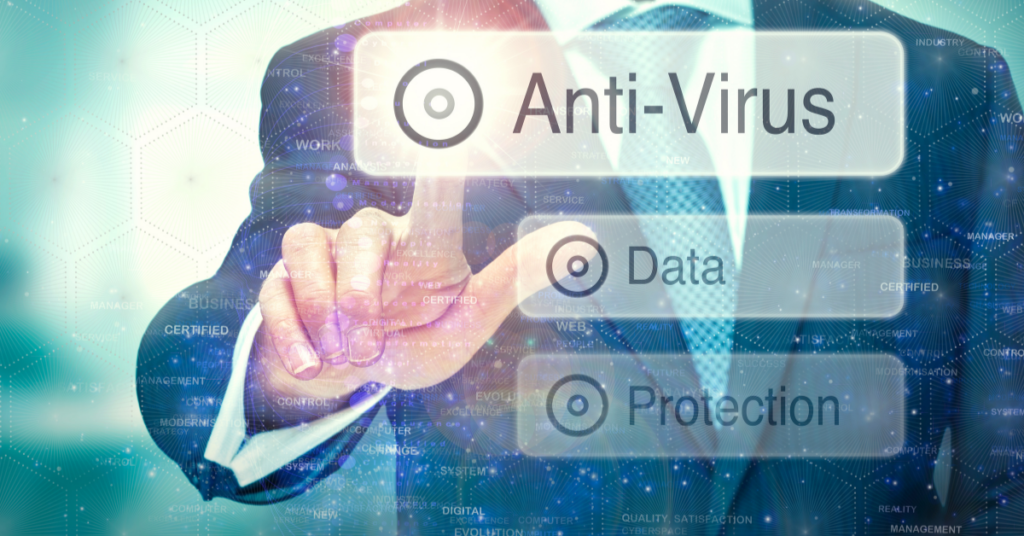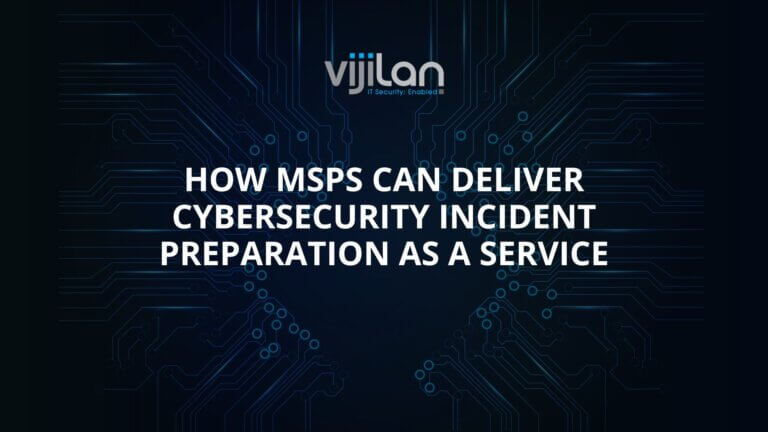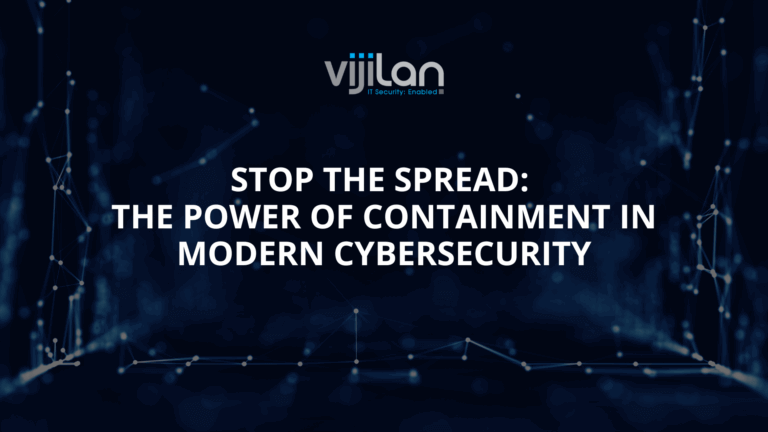Moving beyond Antivirus
In the modern world of technology, antivirus software is considered to be an essential tool to prevent malware infections. However, when it comes to the ever-growing threat of ransomware attacks, antivirus software alone is not enough to protect your business or personal devices.
Ransomware is a type of malware that encrypts a victim’s data and demands a ransom in exchange for the decryption key. Ransomware attacks are becoming more sophisticated and frequent, and they can cause significant damage to businesses and individuals. According to a report by Cybersecurity Ventures, global ransomware damage costs are expected to reach $20 billion by 2021.
So, why is antivirus software not enough to prevent ransomware attacks? Let’s take a look at some of the reasons:
- Zero-day attacks: Antivirus software is designed to detect known malware signatures and patterns. However, with the evolution of ransomware attacks, cybercriminals are using new and unknown methods to infect systems. These are known as zero-day attacks, and they can easily bypass traditional antivirus software.
- Social engineering tactics: Ransomware attackers use social engineering tactics such as phishing emails and fake software updates to lure victims into downloading and executing malware. Antivirus software may not always detect these attacks, as they can be disguised as legitimate software.
- Polymorphic malware: Polymorphic malware is a type of malware that can change its code and evade detection by antivirus software. Ransomware attackers use polymorphic malware to avoid detection and infect systems.
- Advanced ransomware strains: Cybercriminals are constantly developing advanced ransomware strains that can bypass traditional antivirus software. For example, fileless ransomware attacks can infect systems without leaving any traces, making it difficult for antivirus software to detect them.
So, what can you do to protect your business or personal devices from ransomware attacks? The answer is to use a multi-layered approach to cybersecurity. This includes:
- Employee training: Educate your employees on how to identify and avoid phishing emails and other social engineering tactics.
- Patch management: Keep your software and operating systems up to date with the latest security patches and updates.
- Backup and disaster recovery: Ensure that you have a reliable backup and disaster recovery plan in place to recover your data in case of a ransomware attack.
- Endpoint detection and response: Use an Endpoint Detection and Response (EDR) solution that can detect and respond to advanced threats.
- Managed detection and response: Consider using a Managed Detection and Response (MDR) service that provides 24/7 monitoring and response to threats.
In conclusion, antivirus software is an essential tool to prevent malware infections, but it is not enough to protect your business or personal devices from ransomware attacks. A multi-layered approach to cybersecurity, including employee training, patch management, backup and disaster recovery, endpoint detection and response, and managed detection and response, can help you stay protected from ransomware attacks. At Vijilan Security, we offer a comprehensive cybersecurity solution that includes all of these components and more to keep your business secure.





